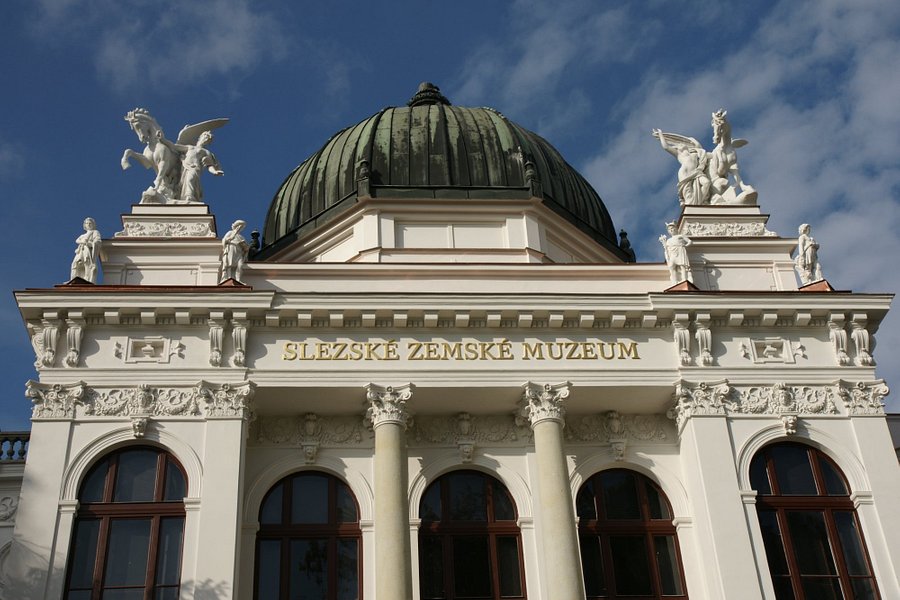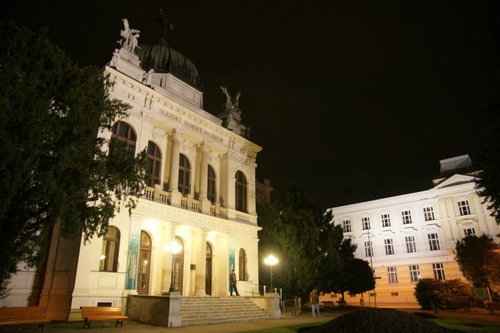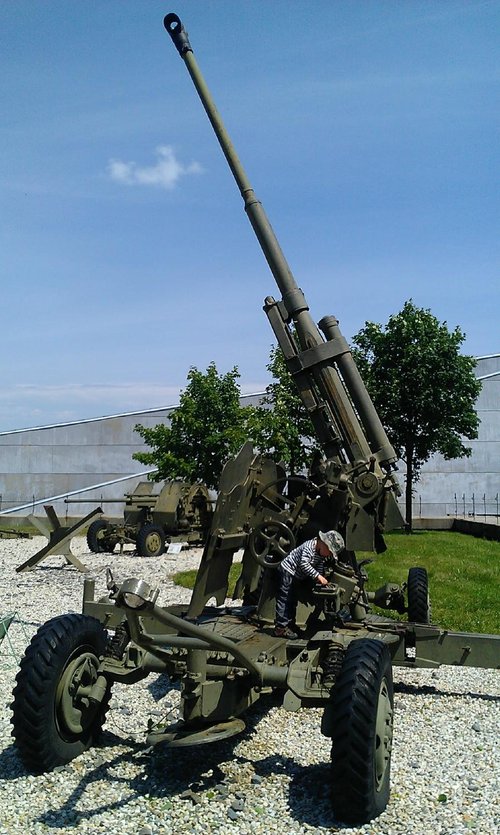Silesian Museum - The Historical Exhibition Building, Moravia, Czech Republic
5.0 (35 reviews) Friday: 8:00 AM - 6:00 PM Spent Ranking #1 in Moravian-Silesian Region Speciality Museums

Very interesting
The Main Exhibition Building is divided into three parts - biology, Petr Bezruč and the Encyclopaedia of Silesia. All well presented, the last one most informative, although it was a huge pleasure to get to know some the poet's work too. The exhibitions are in Czech, but there are also guides available in English and Polish, I think German too. I would appreciate some more historical stuff, but I still liked it a lot.







Address
Nadrazni okruh 31, Opava 746 01 Czech Republic
Mobile
Website
http://www.szm.cz/
Working hours
Monday : 8:00 AM - 6:00 PM
Tuesday : 8:00 AM - 6:00 PM
Wednesday : 8:00 AM - 6:00 PM
Thursday : 8:00 AM - 6:00 PM
Friday : 8:00 AM - 6:00 PM
Saturday : 8:00 AM - 6:00 PM
Sunday : 8:00 AM - 6:00 PM
Current local date and time now
Friday, May 10, 2024, 8:26
User Ratings
5.0 based on (35 reviews)
Reviews
-
4DiscoverMoravia 5:00 PM Aug 11, 2014
Second World War Memorial and Museum
The Hrabyně World War Two Museum was originally built by the Communists to commemorate the Red Army’s fight against Nazi Germany. If you are at all interested in the history of World War Two and grew up ‘in the West’, I strongly recommend museums like this. They give a side to the story which doesn’t get as much publicity as the Battle of Britain and D-Day. Hrabyně is a hilltop village which was vital to the Red Army's Ostrava Operation - to capture the industrial heart of the city intact for post-war reconstruction. As you walk around, models, dioramas and photographs tell the story of Czechoslovakia's war. From the chain of bunkers built to defend against the rise of Hitler’s Germany, the Munich Treaty which handed them intact to Hitler, the partisans’ war and finally the fight for Hrabyně itself. The attention to detail is very good here. The walls are lined with information and video screens can be activated at the touch of a button to show newsreels and short documentaries. Unfortunately, most of this is only in Czech but even if you don’t speak the language, you can learn pretty much all it has to tell you from the pictures. There are a lot of before and after images of the village, showing just how much less there was after than before. The route leads you through a mock up of a house, with scorched walls and shattered windows. The furniture is all authentic period pieces rescued from the ruins – a kitchen dresser smashed and scarred by a grenade, a child’s scooter somehow unscathed alongside a milk churn. On the stairs down to the cellar, a mother is huddled with her child and a small supply of food and water. The limited interior space is used well. Turning from the walk-through ruins of the village, glass cases display weapons and uniforms used by the Russian and Independent Czechoslovak forces. Many of the objects on display were pulled from the rubble or stripped from crashed aircraft, adding to the general sense of waste and destruction which this museum puts across so well. By deliberate contrast, some objects are in excellent condition, such as the Russian sub machine gun displayed next to a civilian radio bearing the label ‘Remember, remember. Listening to foreign broadcasts is punishable by imprisonment or death.’ Overall, this museum left me with a better impression of the scale of the 'Eastern Front'. Around the outside of the museum in a sunken gallery, and not generally accessible, is the actual memorial. The names of 18000 Red Army and Independent Czechoslovak servicemen, along with some American aircrew, are inscribed on walls some 3 metres high. There is another museum on this site which has temporary exhibits. At the time of writing, the exhibit was about Czechs in the First World War. Again, this was very different to the 'Western' perspective of this war. One important thing to note is that you can only pay at the museum nearest the car-park. The fee (60 CZK for adults) covers both museums and you can buy a photography permit for 30 CZK which is very reasonable indeed.



















-
4JonDoe04134 5:00 PM Nov 12, 2017
Very interesting
The Main Exhibition Building is divided into three parts - biology, Petr Bezruč and the Encyclopaedia of Silesia. All well presented, the last one most informative, although it was a huge pleasure to get to know some the poet's work too. The exhibitions are in Czech, but there are also guides available in English and Polish, I think German too. I would appreciate some more historical stuff, but I still liked it a lot.